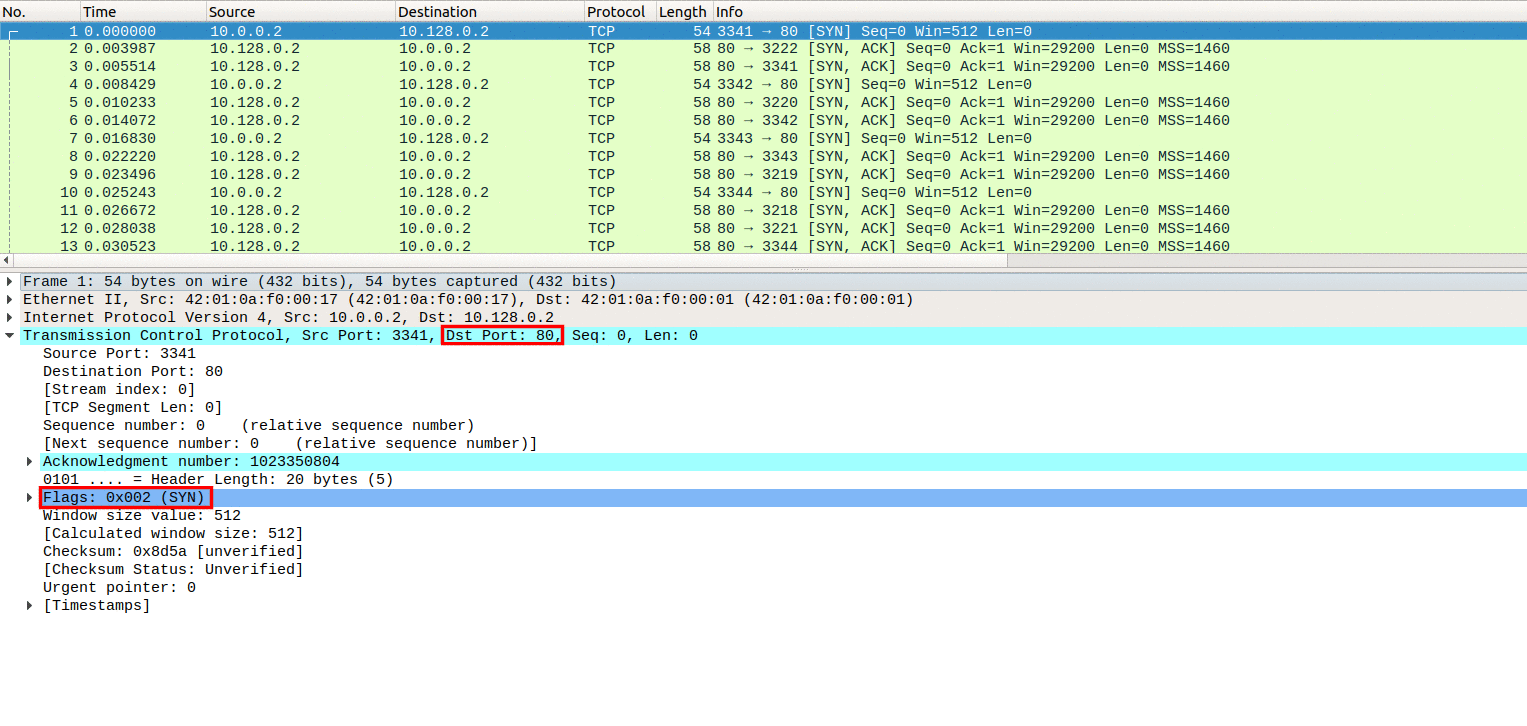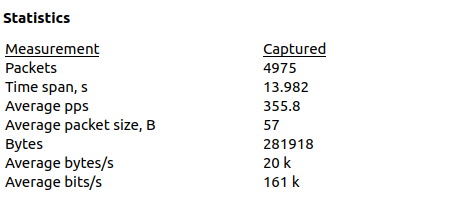There are various DDoS vectors that cause networks to crash, resulting in downtime for enterprises. One of these vectors, a common one, is the SYN flood. As DDoS attackers continue to change and vary their strategies and methods, it becomes important to truly understand one’s network vulnerabilities to damage DDoS attacks. So let us start by aligning on what a SYN flood DDoS attack is.
What is a SYN Flood DDoS Attack?
A SYN (Synchronization) flood, generally caused by botnets, is a form of attack that targets server resources via the firewall or perimeter defenses. The attack is aimed at consuming connection resources on the backend servers and on stateful elements, like firewalls and load balancers, by sending numerous TCP-SYN requests toward targeted services while spoofing the attack packets’ source IP (Internet Protocol). This leaves the TCP backlog saturated, and the server and/or daemon attacked will not be able to receive any new connections. It begins with the attacker sending a message to the targeted server that responds with a “SYN-ACK” (synchronize acknowledgment) message signaling receipt and awaiting the connection to be completed by the requesting machine (the attacker). Instead, the connection remains pending until it times out, ultimately exhausting resources and causing the server to go offline. By continuously sending TCP-SYN packets toward a target, stateful defenses can go down (In some cases into a fail-open mode). This flood could also be used as a smokescreen for more advanced attacks. This is true for other out-of-state floods too.
Technical Analysis of SYN Floods
In Image 1 below, you can see the flood of SYN packets coming from a single source. Notice the rate at which the packets are sent.
“Image 1 – Example of a single SYN packet being sent to port 80”

“Image 2 – SYN-ACK packet received”

“Image 3 – SYN Flood stats”

Download the PCAP file to analyze Syn Flood in Wireshark.
Mitigation techniques commonly used for DDoS Syn Flood attacks:
-
SYN cookies
In this case, a cookie is created by the network server, and using codes, the server responds with an SYN-ACK response. The response will have a digit that is made up of the client’s IP address, port number, and so forth. On receiving a response, this is included in the acknowledgment packet. The network server can therefore identify the ACK and, after that, ensure network connection.
-
RST cookies
When the network server receives a request for connection, it first sends a wrong or invalid SYN-ACK. The client-server automatically responds with an RST (Reset) packet. On receiving this packet, the network server knows that the request is a real one and allows the client entry.
-
TCP Intercept (Transparent Proxy)
TCP intercept is a type of transparent proxy that can be used to protect a server against a SYN flood attack. It stops incoming traffic, accepts client requests, and nods in affirmation. It then connects to the server and, on receiving an ACK, connects the client-server to the web server. This method is often referred to as a three-way handshake.
Could Your Mitigation Prevent a DDoS Syn Flood attack?
-
Most enterprises with mitigation solutions become aware of SYN floods only after they have happened. By then, it is already too late, and disruption and downtime will follow.
-
In some cases, mitigation mechanisms have set thresholds for SYN floods, but these must be configured correctly and, most likely, reconfigured again in the future following changes to the network. If that doesn’t happen, again, there will be disruption.
-
In other cases, the mitigation system will mitigate a portion of the attack, but this is finite, and as the number of packets increases, there will be a denial of service.
-
In certain other mitigation strategies, the earliest half-open connection is recycled, but this may fail if the traffic volume speed increases or if the backlog is very small in size.
All these challenges associated with SYN-Floods occur because there is no insight into the mitigation configuration and there is no sure-fire way of knowing that your mitigation solution is configured to mitigate SYN floods, and it is not maintained continuously to always be up to date. Also, detection and protection theories suggest a few very basic concepts to effectively block complex and intermittently changing threats, using two main concepts:
- Continuously validate and remediate your entire DDoS protection posture in peaceful times, and fix known areas of weakness proactively, as you will have no time to do so once an attack starts. Any DDoS attack that is not automatically blocked when an attack starts will result in network downtime.
- Break complex attacks into building blocks to ensure that you are protected against any known attack vector individually; complex attacks are essentially composed of many individual attack vectors. Once you are protected against every attack building block, you will automatically block any mixed vectors attack (solve the problem by separation of variables).
MazeBolt’s RADAR™ technology provides the ultimate DDoS Protection:
RADAR™, MazeBolt’s new patented technology solution, is the only 24/7 automatic DDoS attack simulator on a live environment with ZERO downtime/ disruption. It automatically detects, analyses, and prioritizes the remediation of DDoS vulnerabilities in any mitigation system. Raising the efficiency of your Mitigation solution and delivering the ultimate DDoS attack protection.
This new technology allows you to address the two gaps discussed above through:
Vulnerability Identification across the complete attack surface, automatically discovering the attack surface, running thousands of non-disruptive smart attack simulations against protections in place to identify the entire vulnerability landscape.
Guided Remediation Process and Revalidation of specific network vulnerability intelligence collection throughout the process creates a prioritized remediation plan, guiding customers in closing vulnerabilities in the most accurate and effective manner.
Finally, the system immediately revalidates the protection level, ensuring the highest level of protection is achieved.
About MazeBolt
MazeBolt introduces a new standard in DDoS security, automatically detecting, analyzing, and prioritizing remediation across the network, doubling coverage, and virtually eliminating DDoS exposure without shutting down organizational operations. MazeBolt’s continuous defense supercharges the performance of CISOs as well as the mitigation service provider.







